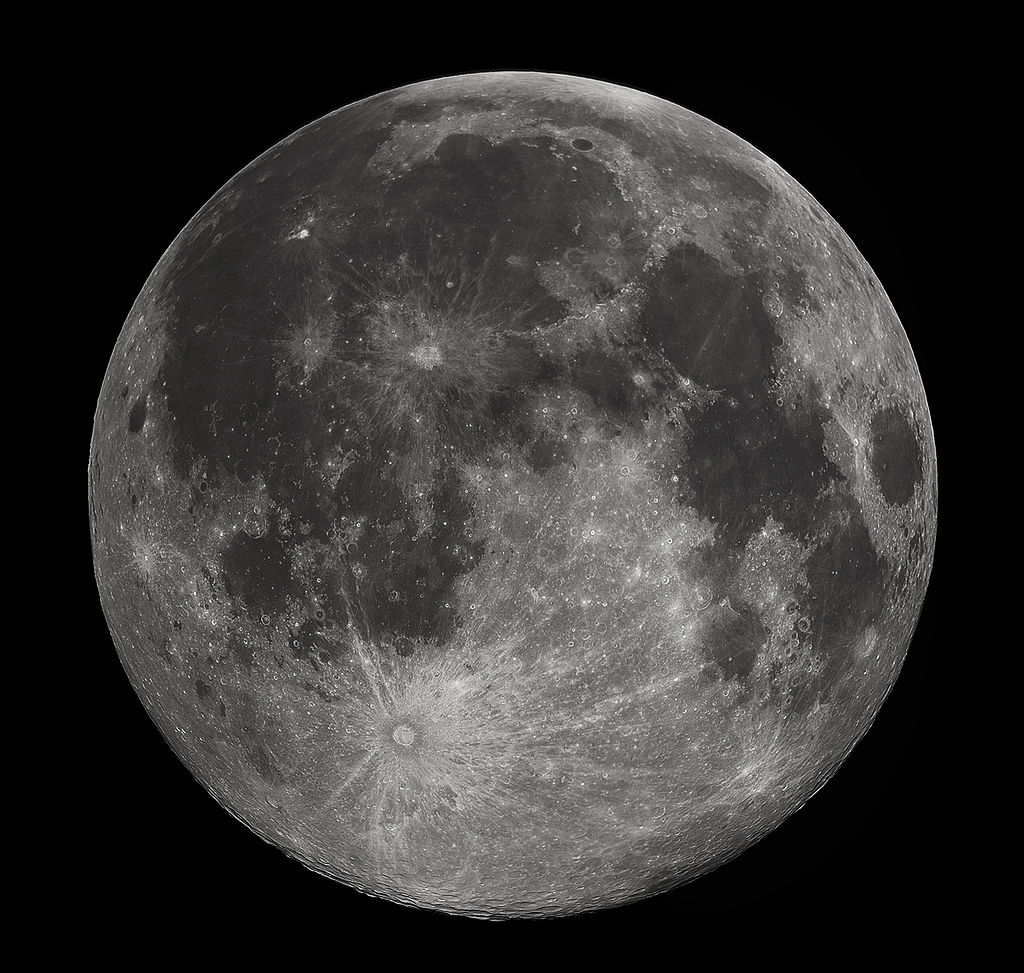In his famous novel The Moon is a Harsh Mistress, Robert A. Heinlein describes a future lunar settlement where future lunar residents (“Loonies”) send payloads of wheat and water ice to Earth using an electromagnetic catapult. In this story, a group of Loonies conspire to take control of this catapult and threaten to “throw rocks at Earth” unless they recognize Luna as an independent world. Interestingly enough, scientists have explored this concept for decades as a means of transferring lunar resources to Earth someday.
Given that space agencies are planning on sending missions to the Moon to create permanent infrastructure, there is renewed interest in this concept. In a recent paper, a team of scientists from China’s Shanghai Institute of Satellite Engineering (SAST) detailed how a magnetic launcher on the lunar surface could provide a cost-effective means of sending resources back to Earth. This proposal could become part of China’s long-term vision for a lunar settlement known as the International Lunar Research Station (ILRS) – a joint project they are pursuing with the Russian space agency (Roscosmos).
Continue reading “China Proposes Magnetic Launch System for Sending Resources Back to Earth”









